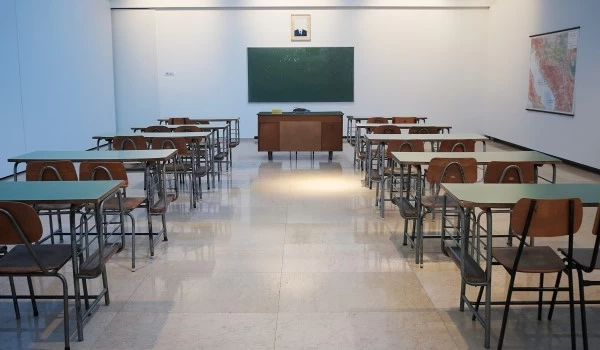Pest control is an essential aspect of maintaining a healthy and safe environment for students, teachers, and staff in educational facilities. Schools and universities are vulnerable to pest infestations due to the large number of people who use the facilities, the presence of food, and the potential for pests to enter the building through open doors and windows. Pest infestations can cause a range of health problems, from minor irritations to serious illnesses. The pest control services are essential for maintaining a clean and hygienic environment in your home or office. Therefore, it is critical for educational institutions to take proactive measures to prevent and control pest infestations. Pest control san diego.
Contents
Common pests in schools
Several pests are commonly found in schools and educational facilities. The most common ones include:
- Cockroaches: These insects can carry diseases such as salmonella and E. coli and can cause asthma and other respiratory problems.
- Rodents: Mice and rats can spread diseases through their urine and droppings, and they can also damage property.
- Ants: Ants are attracted to sugary foods and can contaminate them with bacteria.
- Termites: Termites can cause structural damage to buildings and wooden furniture.
- Bed bugs: These blood-sucking insects can cause itchy bites and can be difficult to eradicate.
- Flies: Flies can spread diseases such as salmonella, E. coli, and cholera.
Pest prevention measures
Preventing pest infestations in schools requires a proactive approach. The following measures can help prevent pests from entering educational facilities:
- Maintain cleanliness: Keep the school clean and free of clutter. This includes regularly cleaning floors, counters, and tables and properly disposing of garbage.
- Seal entry points: Pests can enter through cracks and gaps in walls, windows, and doors. Seal these entry points to prevent pests from entering the building.
- Store food properly: Pests are attracted to food, so store it in airtight containers and keep it off the floor.
- Educate students and staff: Encourage students and staff to report any pest sightings to school administrators. Teach them how to properly store food and dispose of garbage.
- Regular inspections: Conduct regular inspections of the school building to identify any potential pest problems.
Pest control measures
If a pest infestation is detected, it is important to take immediate action to control the problem. The following pest control measures can be used in schools:
- Traps: Traps can be used to capture rodents and insects. They can be placed in areas where pests are likely to be found, such as in kitchens and food storage areas.
- Baits: Baits can be used to attract pests and kill them. Baits can be placed in areas where pests are likely to be found, such as along walls and in corners.
- Chemical treatments: Chemical treatments can be used to control pests, but they should only be used by trained professionals. Chemical treatments should be applied in a way that minimizes the risk to humans and the environment.
- Biological control: Biological control involves using natural predators or parasites to control pests. This method is often used in outdoor areas, such as athletic fields.
- Integrated Pest Management (IPM): IPM is a holistic approach to pest control that involves using a combination of prevention measures, monitoring, and pest control methods. IPM is the most effective and environmentally friendly approach to pest control.
Benefits of pest control in schools
Implementing pest control measures in schools can have several benefits, including:
- Protecting the health and safety of students and staff: Pest infestations can cause a range of health problems, from minor irritations to serious illnesses. By preventing and controlling pests, schools can protect the health and safety of everyone in the building.
- Maintaining a clean and healthy learning environment: A clean and pest-free environment is essential for a healthy and productive learning environment. By implementing pest control measures, schools can maintain a clean and healthy environment that is conducive to learning.
- Protecting the school’s reputation: A pest infestation in a school can damage its reputation and lead to negative publicity. By implementing pest control measures, schools can prevent pest problems and maintain a positive reputation in the community.
- Saving money: Pest infestations can be costly to remediate, especially if they cause damage to the building or its contents. By implementing preventive measures and promptly addressing any pest problems, schools can save money in the long run.
- Legal compliance: Schools have a legal obligation to provide a safe and healthy environment for students and staff. By implementing pest control measures, schools can comply with these legal requirements.
Conclusion
Pest control is an essential aspect of maintaining a healthy and safe environment in schools and educational facilities. By implementing preventive measures and promptly addressing any pest problems, schools can protect the health and safety of students and staff, maintain a clean and healthy learning environment, protect their reputation, save money, and comply with legal requirements. Integrated Pest Management (IPM) is the most effective and environmentally friendly approach to pest control and should be the preferred method for schools and educational institutions. With proper pest control measures in place, schools can provide a safe and healthy learning environment for everyone.











